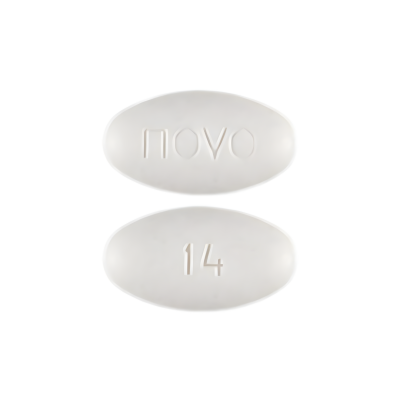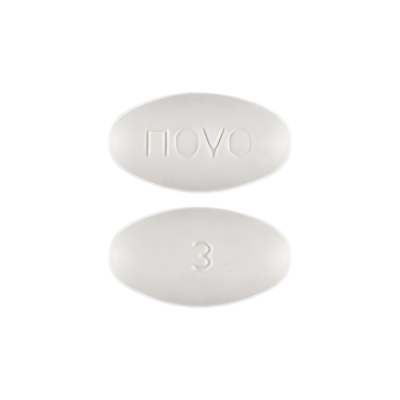Medication Information
Generic Vs Brand Medications

In the realm of pharmaceuticals, the distinctions between generic and brand medications are pivotal considerations with significant implications for healthcare practitioners, regulatory bodies, and patients alike. Below, we delineate the key disparities between these two categories, emphasizing their clinical, regulatory, and economic facets.
1. Active Ingredients:
- Brand Medications: These drugs are developed and marketed by pharmaceutical companies that have invested extensively in research and development. The active ingredients in brand medications are often the result of proprietary formulations.
- Generic Medications: Generic drugs are bioequivalent to their brand counterparts, containing the same active ingredients, strength, and dosage form. However, the excipients (non-active ingredients) may vary.
2. Regulatory Approval:
- Brand Medications: These drugs undergo rigorous testing, including preclinical studies and extensive clinical trials, to establish safety and efficacy. Regulatory agencies, such as the FDA in the United States, grant exclusive marketing rights for a certain period (patent protection) to the innovating pharmaceutical company.
- Generic Medications: Generic drugs, seeking approval after the expiration of brand patents, undergo a stringent regulatory pathway. They must demonstrate bioequivalence to the brand drug, ensuring similar pharmacokinetics and therapeutic effects.
3. Cost Considerations:
- Brand Medications: The initial development costs, including research, clinical trials, and marketing, contribute to higher pricing. Brand drugs are often more expensive, especially during the exclusivity period granted by patents.
- Generic Medications: Once brand patents expire, other manufacturers can produce generic versions, leading to market competition and subsequent price reduction. Generic drugs are generally more cost-effective.
4. Appearance and Packaging:
- Brand Medications: Distinctive brand medications are recognizable by their unique appearance, color, shape, and packaging. This distinctiveness is often part of the brand's marketing strategy.
- Generic Medications: While generic drugs must meet strict bioequivalence standards, they may differ in appearance and packaging from the brand product. Regulatory agencies ensure that any variations do not compromise safety or efficacy.
5. Market Dynamics:
- Brand Medications: Pharmaceutical companies invest heavily in marketing to establish brand recognition and loyalty among healthcare providers and patients. They also enjoy a period of market exclusivity due to patents.
- Generic Medications: Market entry of generic versions enhances competition, promoting affordability. The availability of generics after patent expiration contributes to healthcare cost containment.







